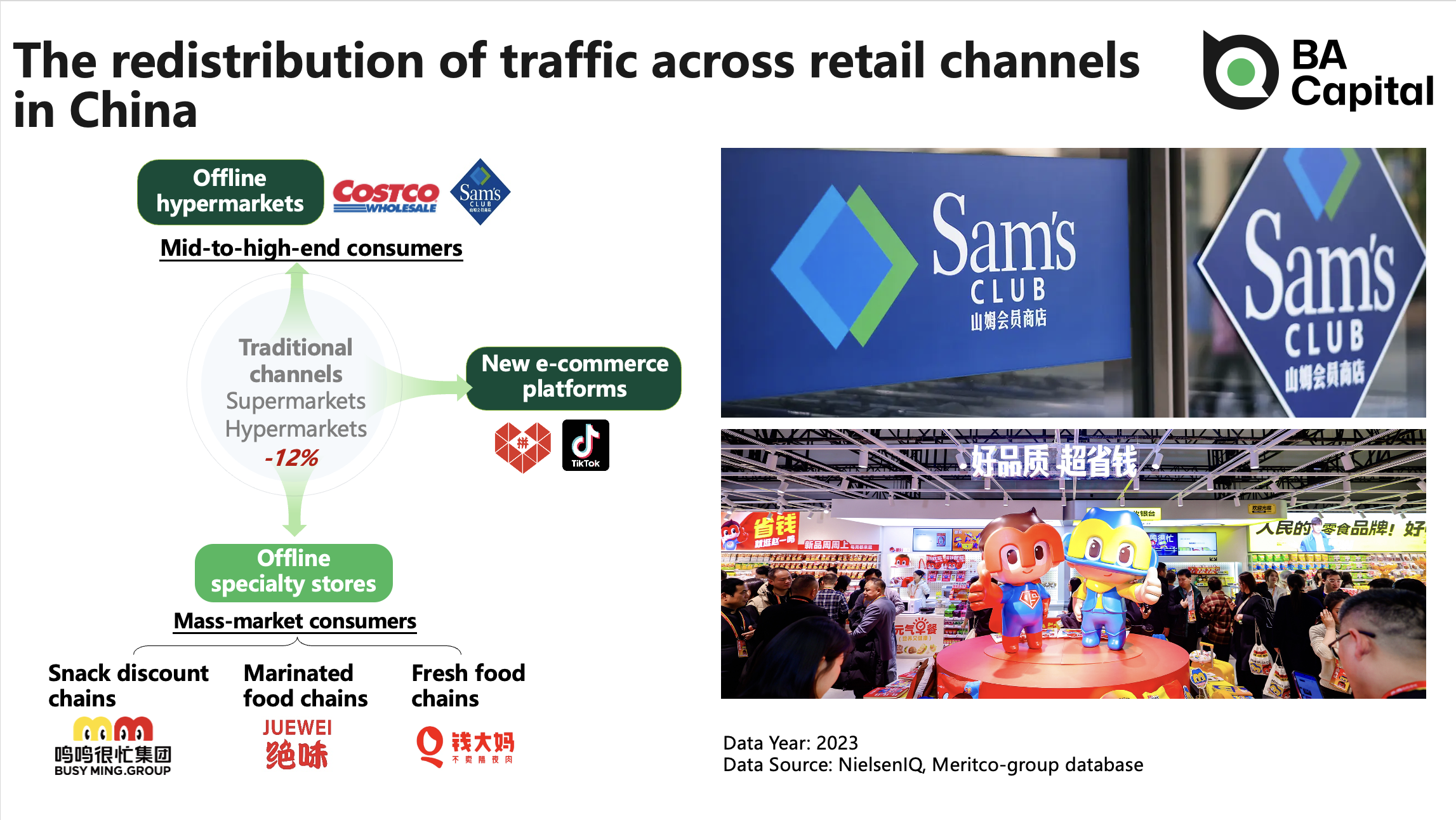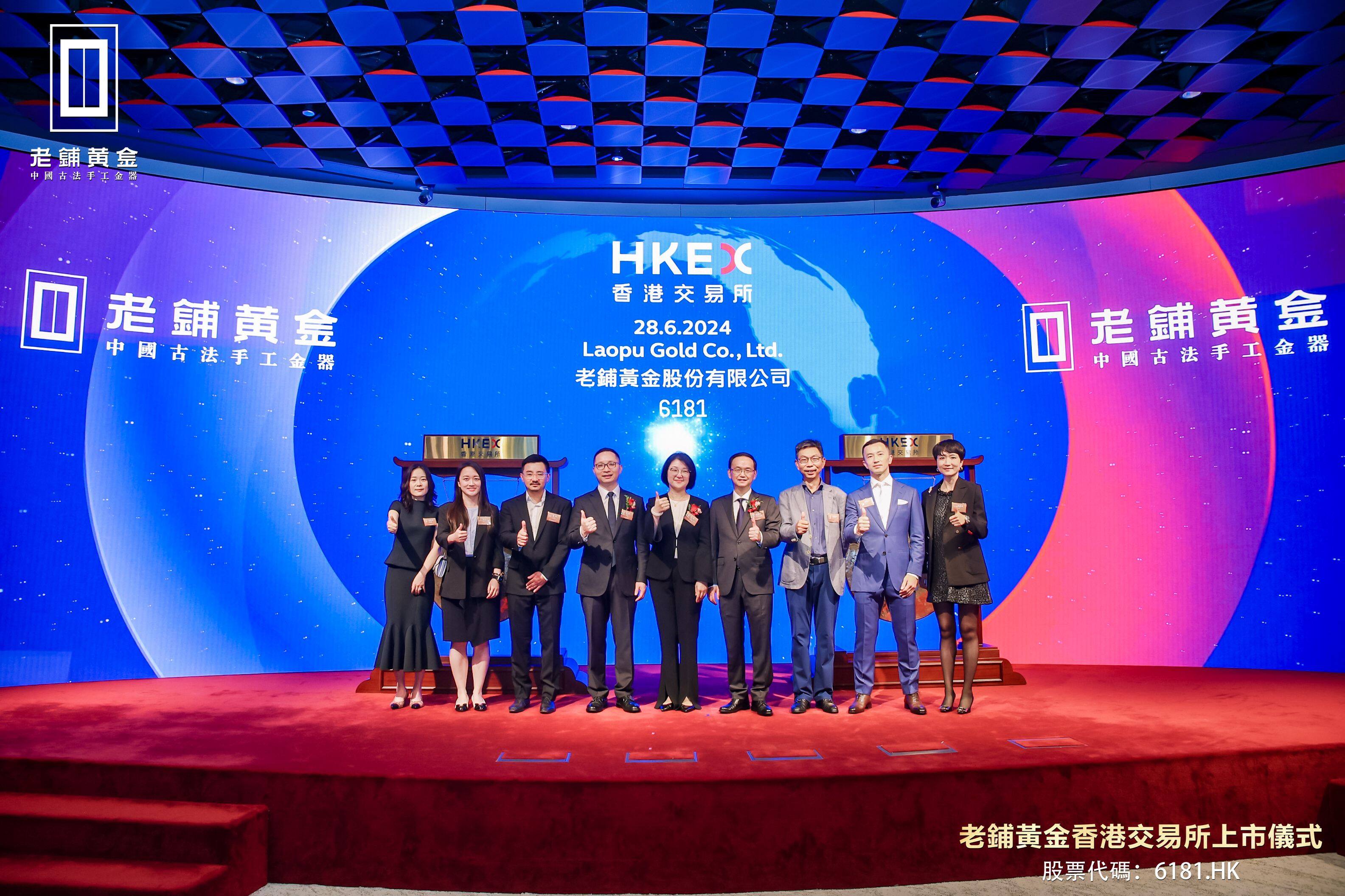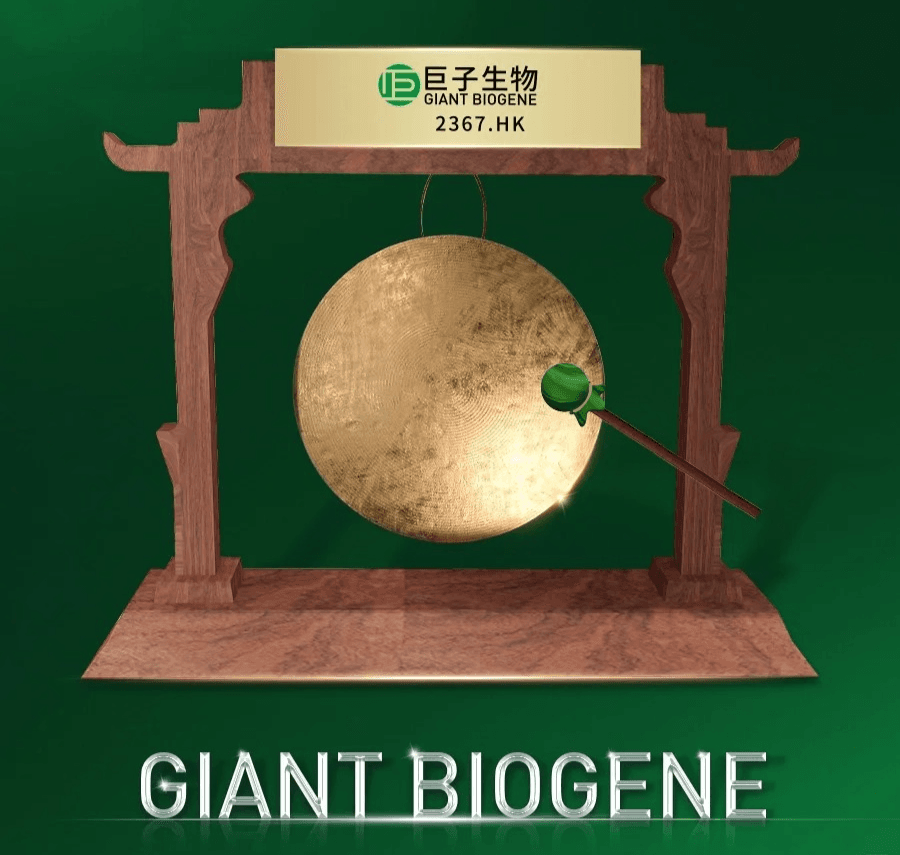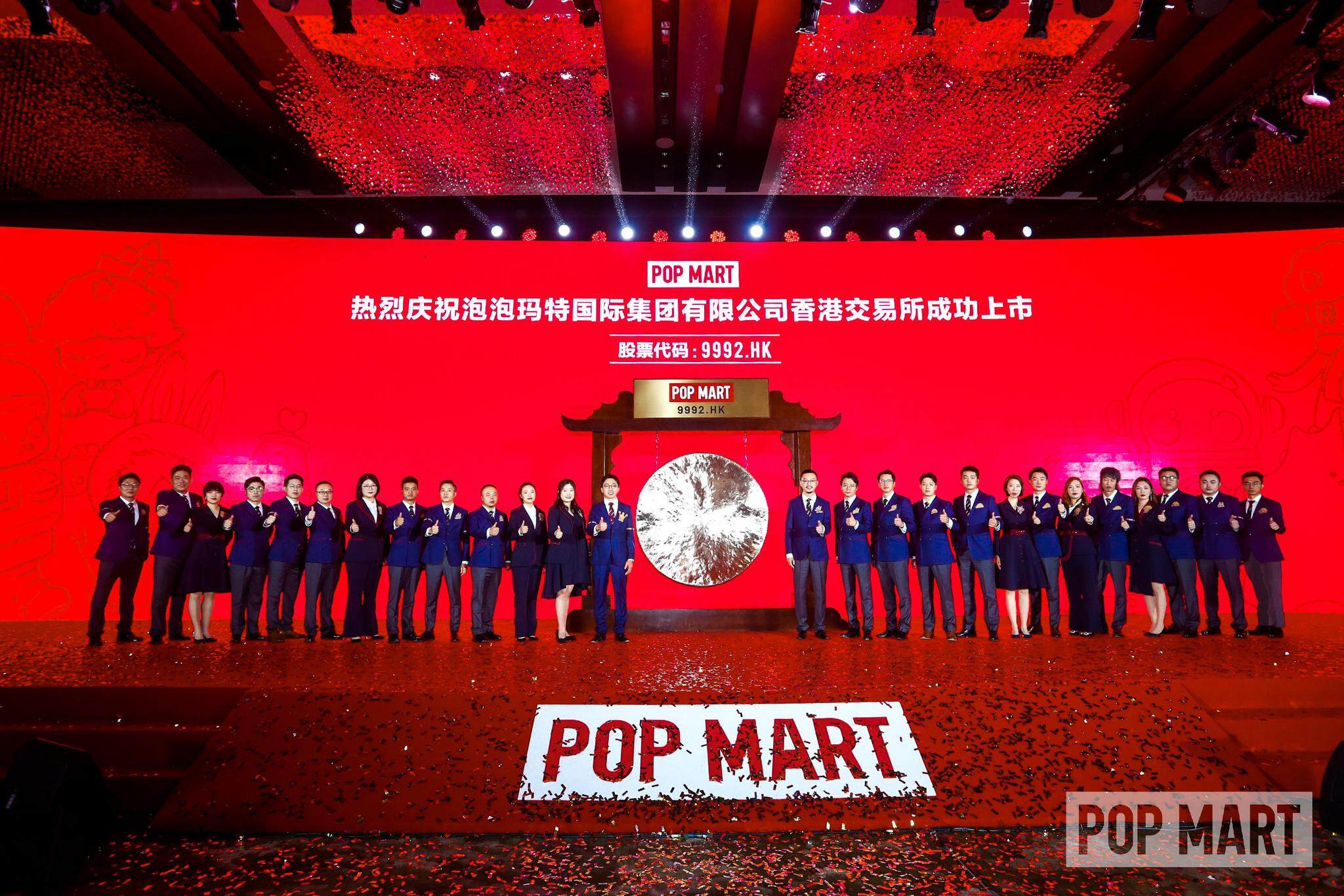Busy Ming Group submitted its listing application to the Hong Kong Stock Exchange in April 2025. BA Capital made its initial investment in early 2023 and participated in a total of three funding rounds.
Busy Ming Group is a leading and fast-growing food and beverage retailer in China. Its stores are primarily located in high-footfall, easily accessible street-side locations, offering a joyful and comfortable shopping experience, with a wide product selection of high-quality, value-for-money, and frequently refreshed items.
The founding of Busy Ming Group was driven by the founders’ commitment to meeting mass-market demand for high-quality, affordable snacks. By restructuring the supply chain and innovating product development, the company has not only expanded its portfolio but also redefined retail pricing, pioneering the snack variety retail model.
According to Frost & Sullivan, thanks to its restructured supply chain and significant economies of scale, Busy Ming Group’s products are on average over 20% cheaper than comparable products sold through offline supermarket channels, while maintaining the same level of quality.
As of September 2025, Busy Ming Group had more than 20,000 stores nationwide. The Group recorded a GMV of RMB 41.1 billion in the first half of 2025 and served 1.6 billion customer visits in 2024.
The rise of China’s variety retail model in the snack sector has been driven partly by macro factors such as the slowdown in CPI growth since 2022 and the growing trend toward value-for-money consumption. It has also been supported by structural forces including urbanization and rural revitalization, the fragmentation of consumer traffic and rebuilding of distribution networks, as well as efficiency gains enabled by improved infrastructure.
In recent years, value-for-money consumption has increasingly resonated with consumers. It is not just about "low price" but about delivering quality products and leveraging operational efficiency to provide greater value at lower cost. This points to a long-term trend: even as demand for premium goods grows, there will always be strong demand for good-value options.
Consumer product price reduction has been a significant trend since 2022. However, this phenomenon is not solely driven by more rational consumer spending but is also fueled by innovation on the supply side. A prime example of this is Busy Ming Group.
BA believes that price reductions will continue, particularly in sectors where operational efficiency can still be substantially improved. In the retail industry, consumers will always seek better products at lower prices. In the past, elongated and inefficient distribution channels made some consumer goods in lower-tier markets even more expensive than in first-tier cities.
In recent years, the fragmentation of offline retail traffic has also been shifting toward channels with higher operational efficiency.
Traditional hypermarkets have seen their traffic redistributed: mid-to-high-end consumers have migrated to membership-based warehouse clubs such as Sam’s Club and Costco; product categories that are better suited to the efficiency of e-commerce have shifted toward platforms like Pinduoduo and Douyin; mass-market consumers have gravitated toward category-specific offline specialty chains offering optimal efficiency for each segment, such as snack discount chains, marinated food chains, and fresh food chains.

Urbanization and rural revitalization represent long-term, structural opportunities with strong certainty over the next decade or two. China’s urbanization rate currently stands at approximately 65%, leaving substantial room for growth. By around 2035, China is expected to reach the standards of a middle-income developed country, driving sustained growth in disposable income across the population.
The rebuilding of distribution systems in township markets has also accelerated the continued downward expansion of the snack variety retail model.
In the past, snack brands struggled to achieve deep distribution—their 300,000 to 400,000 outlets typically only covered prefecture-level cities, with the remaining reach relying on dealer networks. The snack variety retail channel has now enabled individual packaged food and beverage brands to achieve deep regional distribution, extending their reach into more grassroots-level markets.
By streamlining intermediate links, innovating store formats, and leveraging economies of scale in procurement, supply chain, and branding, Busy Ming Group has expanded its presence across all city tiers in China, now covering 66% of counties.
BA Capital believes that retail formats capable of serving consumers nationwide—across regions, city tiers, and extending into township areas—will inevitably give rise to highly valuable enterprises.
In recent years, BA Capital has observed stronger consumption resilience in these lower-tier markets. Data shows that in 2024, China’s total retail sales of consumer goods in rural areas grew by 4.3% year-on-year, 0.9 percentage points faster than in urban areas. McKinsey projects that by 2030, over 66% of China’s personal consumption growth will come from lower-tier markets, including third-tier and smaller cities, counties, and townships.











